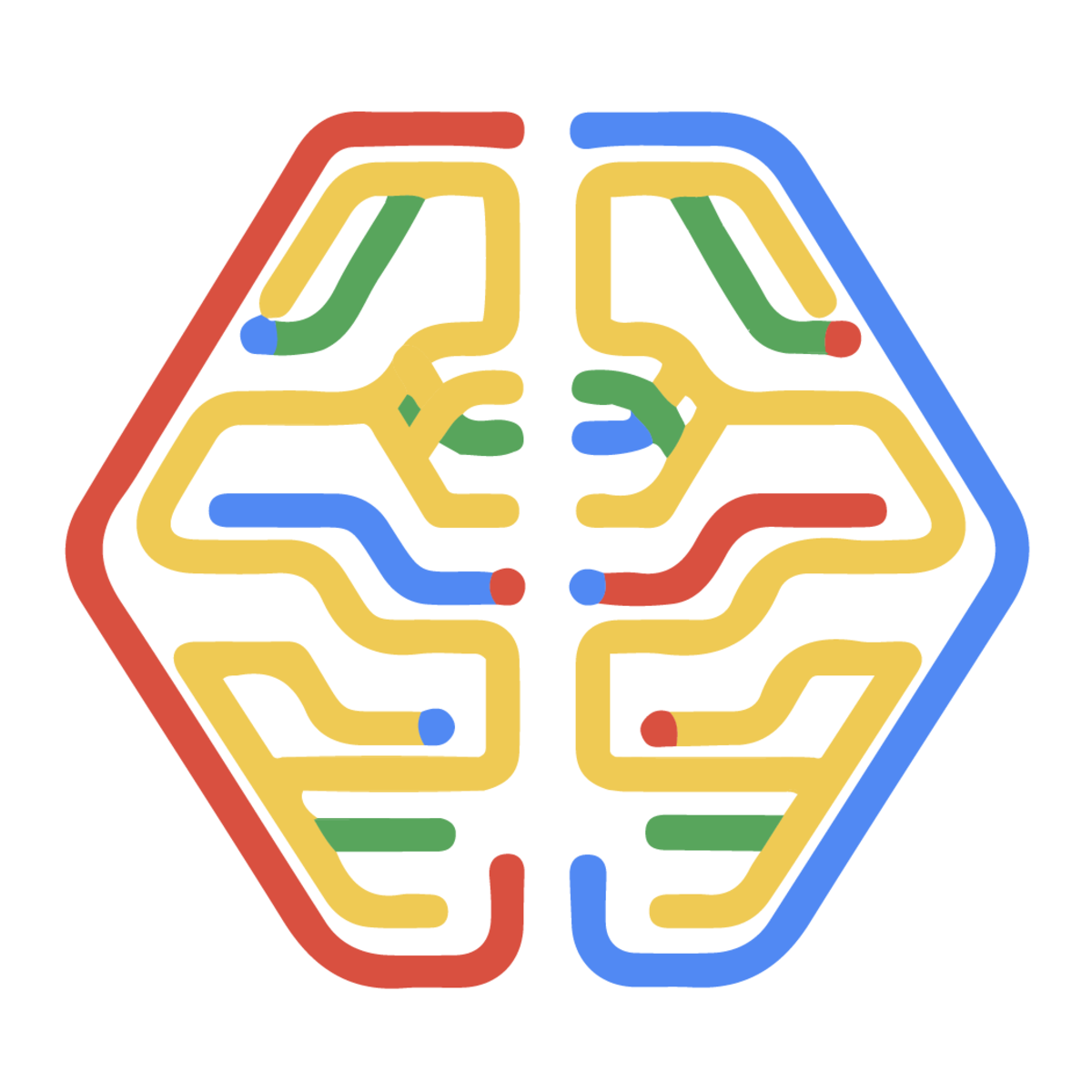Back to Courses









Information Technology Courses - Page 24
Showing results 231-240 of 1471

Palo Alto Networks: VM-Series Network Tags and TCP/UDP Internal Load Balancing
This is a self-paced lab that takes place in the Google Cloud console. In this lab, you will learn how to leverage Google Cloud Network Tags to route traffic to specific internal TCP/UDP load balancers that frontend separate VM-Series firewalls.

Publishing APIs with Apigee X
This is a self-paced lab that takes place in the Google Cloud console. In this lab, you use API products to package your APIs, and create a developer portal so application developers can try your APIs and sign up to use them.

Leverage the Autoscaler Tool for Cloud Spanner to Achieve Workload Elasticity
This is a self-paced lab that takes place in the Google Cloud console. In this lab, you'll deploy the Autoscaler tool for Cloud Spanner, a companion tool to Cloud Spanner, in the per-project configuration where the autoscaler tools are located in the same project as the Cloud Spanner instance being autoscaled.

Fundamentals of Cloud Computing
This course is the second of a series that aims to prepare you for a role working in data analytics. In this course, you will be introduced to many of the core concepts of cloud computing. You will learn about the primary deployment models. We’ll go through the common cloud computing service models. The hands on material offers the opportunity to review and configure a cloud account. This course covers a wide variety of topics that are critical for understanding cloud computing and are designed to give you an introduction and overview as you begin to build relevant knowledge and skills.

Production Machine Learning Systems
This course covers how to implement the various flavors of production ML systems— static, dynamic, and continuous training; static and dynamic inference; and batch and online processing. You delve into TensorFlow abstraction levels, the various options for doing distributed training, and how to write distributed training models with custom estimators.

Recognizing Facials and Objects with Amazon Rekognition
In this two hours project, you understand how Amazon Rekognition works and will learn how to use the AWS SDK to Analyze Faces, detect objects and labels in image scenes, moderate images, identify celebrities and recognize and compare faces using Artificial Intelligence.
Amazon Rekognition is one of the most used Artificial Intelligence services in AWS and popular to analyze images with huge confidence and low costs.
Once you're done with this project, you will be able to use Amazon Rekognition to analyze your own images in just a few steps.

Static Routing Configuration Using Packet Tracer
In this 2-hour long project-based course, you will learn how to Design, Create and Configure Network topologies using Packet Tracer. You will learn to perform or configure Static Routing using Packet Tracer. You will get an introduction to packet tracer and different components available in packet tracer. You will create basic network topology and will identify the importance of the default gateway. Next, you will learn to perform static routing between 3 routers. You will learn to configure your devices both using the command line and GUI. You will also learn to trace the packets over different networks. And you will learn to stimulate your network topology in the simulation mode.
Basic knowledge on IP addressing and networking is recommended.
Note: This course works best for learners who are based in the North America region. We’re currently working on providing the same experience in other regions.

Postman - Intro to APIs (without coding)
We use APIs everyday - when we check the news, when we log into online service - because APIs are used by many companies as a way to interact with their product or service. Being able understand and send API requests is helpful in many roles across the business - including product, marketing and data. If you work alongside or interact with APIs in your job, or you want to use APIs in your tech or data projects, this course is a great introduction to interacting with APIs without writing could (using a program called Postman). By the end of this project, you will understand what APIs are and what they are used for. You will have interacted with a number of APIs, and recognise the different parts which make up an API. You will feel comfortable reading API documentation and writing your own requests.

Cloud Natural Language API: Qwik Start
This is a self-paced lab that takes place in the Google Cloud console. The Cloud Natural Language API lets you extract entities and perform sentiment and syntactic analysis on text. Watch these short videos Gain Valuable Insights from Text with Cloud Natural Language and Cloud Natural Language: Qwik Start - Qwiklabs Preview.

Google Workspace Admin: Managing Google Meet
This is a Google Cloud Self-Paced Lab. In this lab, you will learn how to create a meeting and live stream, how to configure different features in Google Meet, as well as how to configure access to Google Meet.
Popular Internships and Jobs by Categories
Browse
© 2024 BoostGrad | All rights reserved


